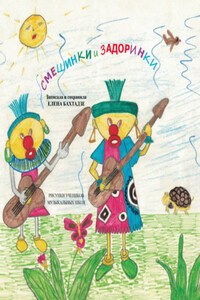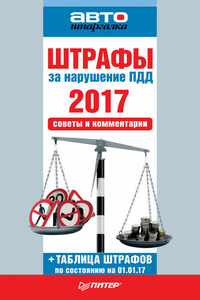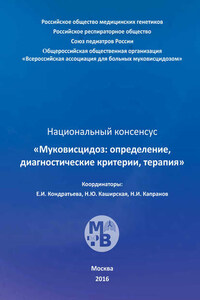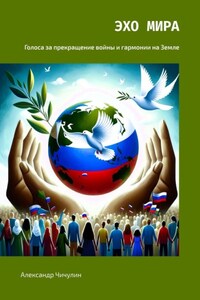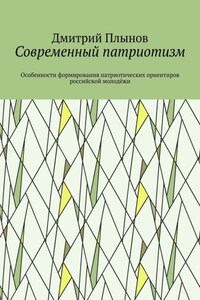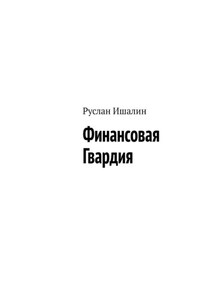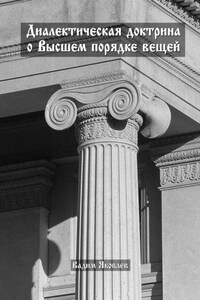Greg Hurst
Editor of the Guide
The general election of 2010 was a watershed: the first since February 1974 at which no single party won an overall majority. The inconclusive outcome was accompanied by a strong sense of paradox. The Conservative Party won the most seats, 305, with one additional seat expected, and duly delivered, in the election in Thirsk & Malton that was delayed by the death of a candidate. And yet, by falling short of an absolute Commons majority, David Cameron was widely held to have failed to seize fully, particularly in the final year, the opportunity presented to him as the outgoing Government, and Gordon Brown in particular, became steadily more unpopular.
The Liberal Democrats, clear winners of the campaign itself, were stunned actually to suffer a net loss of five seats, bringing their tally down to 57. They had expected significant gains after the television debates propelled Nick Clegg into the living rooms of voters unhappy with Mr Brown but with nagging doubts about Mr Cameron. The ten-point jump in support for the Liberal Democrats after the first leaders’ debate was unprecedented in polling history. Even as the party’s poll ratings began to glide downwards many Liberal Democrats hoped for, and expected, net gains of perhaps 20 or 30 seats.
The paradox was greatest within the Labour Party. Clear loser of the election, with a net loss of 90 seats, it endured its worst performance since 1931 during the Great Depression. Within Labour ranks, however, a grim sense of satisfaction was evident, even some pride, both at having clawed back from the prospect of being pushed into third place by the Liberal Democrats and at having denied Mr Cameron the majority that he wanted and, they may have calculated, he needed.
One refreshing aspect was that turnout, having reached a postwar low in 2001, rose again to 65.1 per cent, up by 3.7 per cent on 2005; if an election is interesting or the result uncertain, voters are more inclined to take part.
If the result appeared confusing to some, its immediate aftermath must have seemed doubly so. Gordon Brown, vanquished, returned to Downing Street. The Conservatives and Liberal Democrats, after weeks, months even, of fighting one another tooth and nail, dispatched teams to begin talks on a tentative arrangement for a minority administration or even a coalition. The outcome, Britain’s first coalition since Churchill’s cross-party administration during the Second World War, from 1940-45, and the first in peacetime since Ramsay MacDonald’s National Government of 1929-35, and those that followed, ushered in a new era of British politics.
Coalition politics presents significant new challenges for the House of Commons. Ministers who are members of competing parties must find ways of working together that go beyond pragmatism and practical effectiveness and are based on trust, while maintaining their separate political entities and those of their parties. Backbench Members of both governing parties must find the language, tone and levers to criticise and influence individual aspects of policy or decisions of administration without tearing at the fabric of the coalition itself. There will be others unhappy about the very fact of coalition government, whose challenge is to advance their cause without being cast as wreckers. Such questions apply well beyond the exchanges on the floor of the Commons, to its select committees, public bill committees and its very culture as an institution.




